Hippos are herbivores that live in the rivers of Sub-Saharan Africa. The best known and largest of the species is the Hippopotamus Amphibius, It grows to about 4 meters long and weighs up to 4 and a half tons. The hippopotamus spends all day immersed in water, with only its eyes, nostrils and ears above the waterline. Such behavior is necessary because its smooth skin dries quickly under the African sun. Even while resting in the water, the hippopotamus protects itself from the sun using special glands that secrete a reddish protective mucus, similar in appearance to blood. When the sun sets, the hippo moves leaves the water to go in search of grass to feed on. Because of the size of its body and its short legs, the hippo walks awkwardly on the land. In water, however, the hipo moves lightly, almost galloping on the seabeds of rivers and lakes and, as a result, the word hippopotamus is greek for "river horse".
Hippos usually live in groups of 20-30 and these groups are led by a male. Clashes between males are violent and sometimes end with the death of one of the contenders. The hippo’s mouth can open 150 ° and is equipped with sharp canines nearly 60 cm long which can inflict fatal injuries. Because of these weapons and its huge size, the hippo is rarely threatened by predators. After a gestation period of 8 months, the female will give birth to a 40kg calf in the water. Once the calf has risen to the surface to take its first breath, it then submerges to nurse. Ancient Egyptians viewed the hippo as a symbol of fertility. One of the Egyptian gods is theTueret, a half-human and half-hippopotamus figure that is said to protect pregnant women.
Hippos usually live in groups of 20-30 and these groups are led by a male. Clashes between males are violent and sometimes end with the death of one of the contenders. The hippo’s mouth can open 150 ° and is equipped with sharp canines nearly 60 cm long which can inflict fatal injuries. Because of these weapons and its huge size, the hippo is rarely threatened by predators. After a gestation period of 8 months, the female will give birth to a 40kg calf in the water. Once the calf has risen to the surface to take its first breath, it then submerges to nurse. Ancient Egyptians viewed the hippo as a symbol of fertility. One of the Egyptian gods is theTueret, a half-human and half-hippopotamus figure that is said to protect pregnant women.
RELATED


METEORITES


STARS
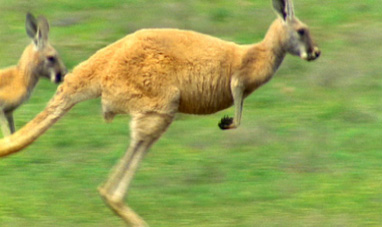

KANGAROO


LADYBUG
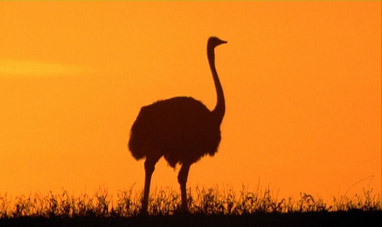

OSTRICH
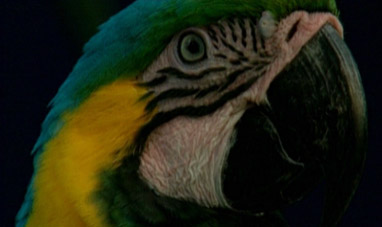

PARROTT
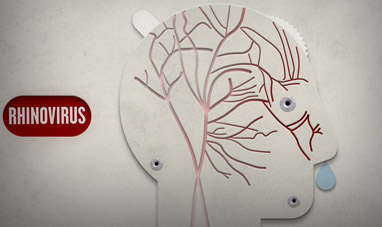

COMMON COLD


BLACK WIDOW SPIDER


LOTUS PLANT


BARRACUDA


CARS
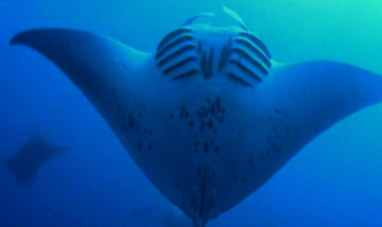

MANTA RAY


EAGLE


THE SOLAR SYSTEM


FLY


CENTRIFUGAL FORCE
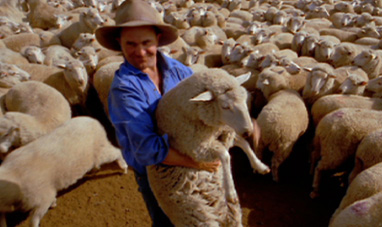

SHEEP
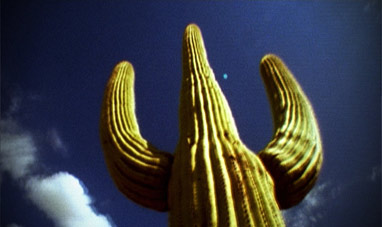

CACTUS


DESERTS


CATERPILLAR
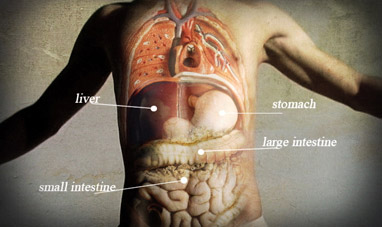

THE DIGESTIVE SYSTEM


THE PRAYING MANTIS


JELLY FISH


CITRUS FRUIT


THE HEART


CHEMICAL BONDS


THE HEISENBERG PRINCIPLE


PENGUIN


SCORPION


EOLIC


STARFISH
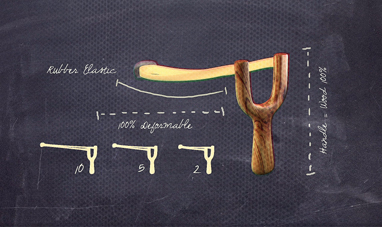

NATURAL RUBBERS
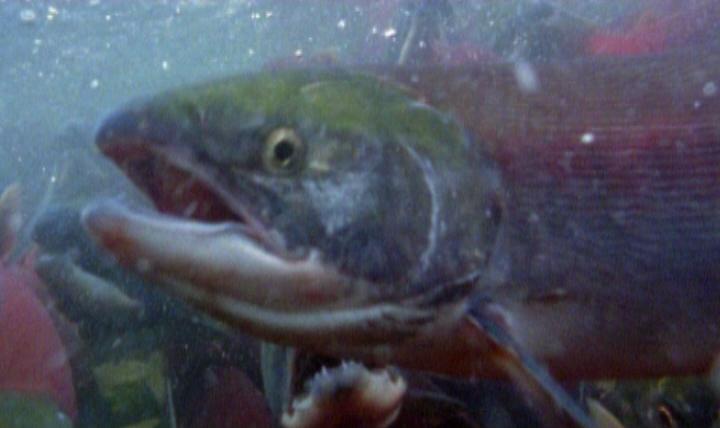

SALMON


BEE
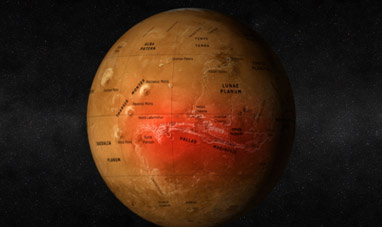

MARS
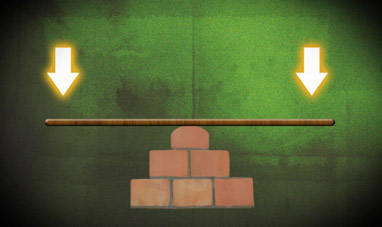

FORCE, EQUILIBRIUM AND LEVERAGE
